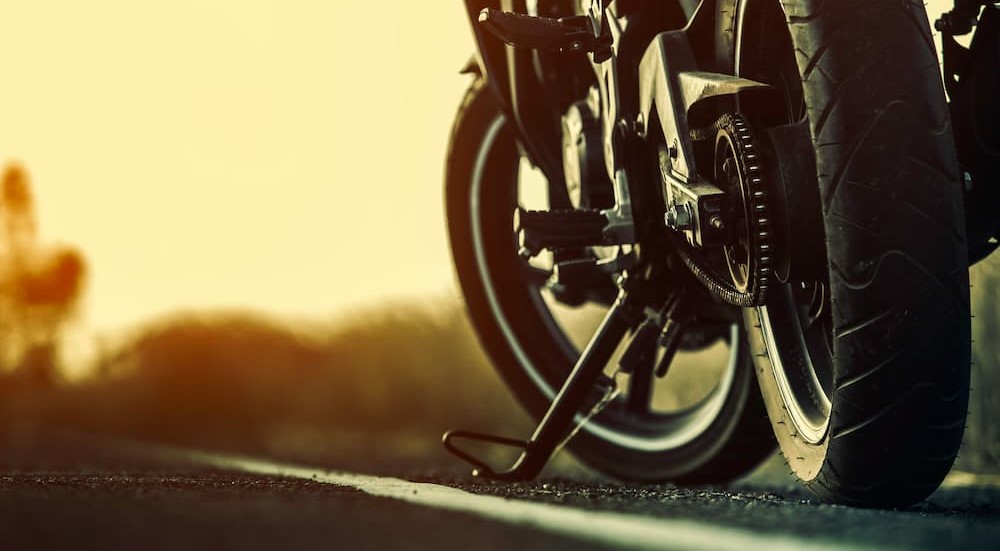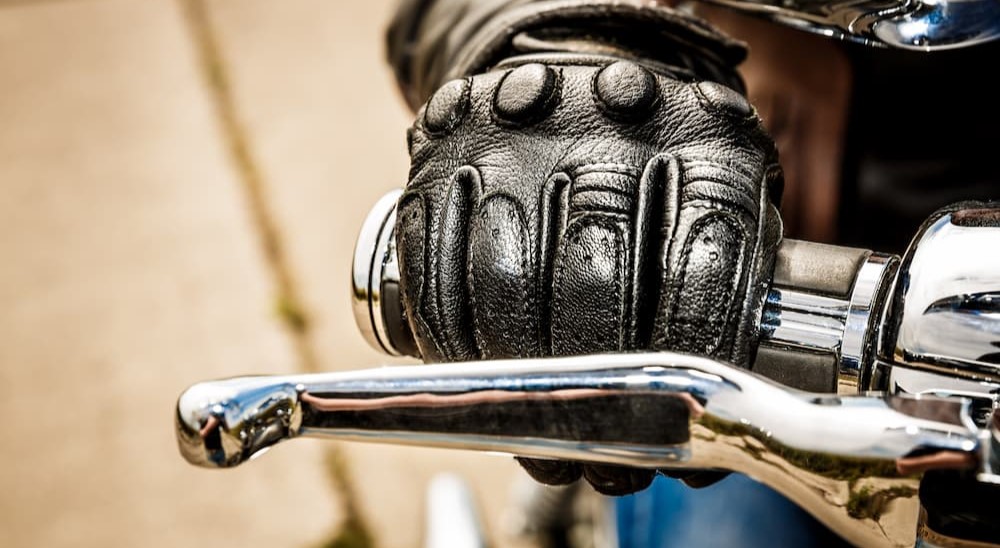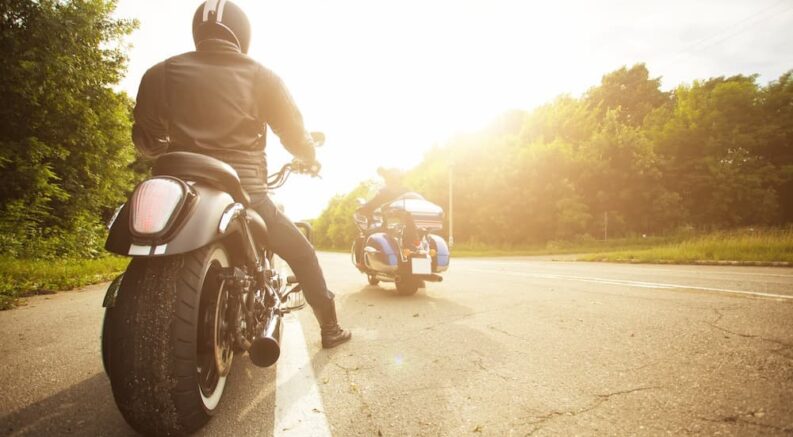If you’ve got a need for speed, it’s hard to do better than a motorcycle. Thanks to the fact that they’re smaller and lighter than the typical car, truck, or SUV, motorcycles are simply more responsive, allowing riders to enjoy some hair-raising acceleration with the simple twist of the throttle. But what do motorcycle riders do when that twist doesn’t produce the expected results? From air filters and spark plugs to carburetors and fuel, there are plenty of reasons why a motorcycle might feel a little sluggish when you’re trying to get up to speed. This is known as poor throttle response, and it’s one of the most common issues facing those who embrace the two-wheeled lifestyle.
Failure to address a poor throttle response won’t just make for a frustrating ride. It can also dramatically impact your overall road safety. When we’re behind the handlebars, we expect our bikes to act a certain way. If you’re dealing with a bike that’s suffering from a poor throttle response, these expectations can be thrown out the window as a bike fails to get up to speed or deliver consistent performance. Poor throttle response should always be addressed as soon as possible, as the underlying reason could have long-term effects on a bike’s overall health. Read on as we walk you through how to diagnose and repair poor throttle response on your motorcycle, and you’ll be back to ripping down the highway in no time.
Throttle 101
In order to understand some common issues related to poor throttle response, we should start with a little Throttle 101. A motorcycle’s throttle is technically part of the bike’s air intake system, which is responsible for feeding air into the engine as part of the internal combustion process. When you twist the throttle in an attempt to gain a little speed, the throttle plate moves into an open position, allowing more air to enter the engine. The engine measures this airflow and responds by distributing an appropriate amount of fuel, creating the perfect fuel/air ratio for optimal performance.
It’s important to note that throttle systems differ depending on the bike’s design. Almost all of today’s modern motorcycles use a fuel-injection approach that sees the throttle valve placed within a bike’s intake manifold. However, that’s not the case with some of the more old-school models that rely on a carburetor to handle fuel delivery duties.

Symptoms
If your bike is suffering from a compromised throttle, the issue could present itself in a number of different ways. A delayed response when twisting the throttle is one of the most common, but it’s far from being the only symptom. Let’s dive into a few common signs to help determine if you’re dealing with a throttle-related issue or something else altogether.
Lack of Power and Acceleration: A lack of power is a common sign of trouble. This might be difficult to gauge if you’re relatively new to motorcycles or recently purchased a new bike that you might not be very familiar with, but in most cases, it should be pretty obvious.
Low Idling: If your bike is prone to stalling after making a stop or quickly twisting the throttle, or if it idles very slowly soon after it’s started, the throttle could be to blame. This is typically due to restricted airflow, making it difficult for the engine to hit the desired air/fuel ratio for peak operation.
Dirty Throttle Body: This one might take some light mechanical work, but if you start to tear down your bike and notice a lot of dirt and grime around the throttle body, throttle-related issues can’t be too far off. This buildup will prevent the valves within the throttle body from smoothly opening and closing, which can also wreak havoc on the air/fuel mixture.
Fuel Economy: With an average of more than 55 mpg, motorcycles are far more efficient than your average four-wheeled vehicle. However, this efficiency can take a major hit when your throttle isn’t working as it should. When a bike isn’t getting enough air, the fuel won’t burn efficiently, resulting in decreased fuel economy and the tell-tale smell of unburned gas pouring out of the exhaust. Monitor your fuel economy and check on the throttle if you notice fuel economy deviations of 15 percent or greater.
Check Engine Light: A Check Engine light can point to any number of performance-related issues, including those related to the throttle. While the specific diagnostic trouble codes (DTC) vary by make and model, a quick internet search should help you interpret what’s going on or point you in the right direction.
Solutions
Spark Plugs: Old, worn-out spark plugs can cause plenty of problems with your bike’s throttle response. Spark plugs are responsible for igniting the air/fuel mixture in the engine, but when they start to break down or get gunked up by oily deposits and grime, this process isn’t nearly as efficient as it should be. Spark plugs should generally be replaced every 8,000 to 10,000 miles, but check your owner’s manual for a more specific figure.
If your spark plugs are relatively new but you still suffer from poor throttle response (and have addressed other possible causes), ensure the correct spark plugs were installed the last time they were replaced. The differences between spark plugs can be pretty subtle and hard to spot at a glance, so as always, refer to your owner’s manual to make sure you picked the right set.
Air Filter: Problems related to a poor air/fuel mixture lie at the heart of many throttle-related issues. If fouled spark plugs aren’t to blame for your sluggish or jerky acceleration, make sure the air filter isn’t clogged with a bunch of build-up and debris. A motorcycle’s air filter should be replaced every 10,000 to 15,000 miles, and it is one of the easiest maintenance tasks on any schedule.
Gas: Motorcycles tend to see more downtime than your average vehicle, which can lead to some common performance issues. Gas, for example, can start to break down and lose its effectiveness in as little as 30 days. If you’re the type of rider who only pulls their bike out during warm weather and you are experiencing poor throttle response, make sure to add a little fuel stabilizer or run the bike until it’s empty the next time you put it away for the season. This should help to alleviate any issues related to stale gas and ensure that the first ride of the new year goes off without a hitch.
Throttle Body: This one might take some light mechanical work, but if you start to tear down your bike and notice a lot of dirt and grime around the throttle body, throttle-related issues can’t be too far off. This buildup will prevent the valves within the throttle body from smoothly opening and closing, which can also wreak havoc on the air/fuel mixture.
Carburetor: If your bike was made before the early 2000s, the gas is likely delivered through a carburetor rather than a fuel injector. Carburetors might be a lot simpler and cheaper to replace than fuel injectors, but they do come with some issues. Their relatively simple design means they’re prone to a buildup of dirt and grime that can significantly impact performance. There are lots of carburetor cleaning products on the market that cost as little as $5, so if you’re suffering from poor throttle response, grab a bottle and see if it doesn’t fix the issue. If that doesn’t do the trick, try inspecting the carburetor for a vacuum leak. In order to feed gas to the engine, carburetors rely on a very delicate principle known as the Venturi effect, which needs a tightly sealed system in order to work. Checking for a vacuum leak is pretty simple. Run the engine and spray carburetor cleaner into the carb. If the bike’s idle RPM increases in response to this spritzing, you’re probably dealing with a vacuum leak.
Electronics: If none of the aforementioned components seem to be the root of the problem, you could be dealing with some faulty electronics. From the throttle position sensor (TPS) to the mass air pressure (MAP) or mass air flow (MAF) sensors, there are plenty of sensitive electronics that play a vital role in the internal combustion process. The MAP and MAF sensors can be cleaned with a $10 can of mass air flow sensor cleaner, but the throttle position sensor isn’t quite as easy to address. If the TPS is the root of your trouble, a replacement might be in order.

Poor throttle response can turn the average ride into an exercise in frustration. Every motorcycle owner would rather be cruising the open road than dissecting their bike on the garage floor, which is why it’s so important to tackle potential issues before they balloon into the sort of problems that can cut a ride short. While unexpected issues do creep up from time to time, a little routine maintenance can go a long way when it comes to preventing some common difficulties related to poor throttle response. Whether replacing your air filter and spark plugs at the recommended intervals, giving your carburetor a quick cleaning, or draining the gas tank at the end of the riding season, these maintenance tasks can have a big impact when it comes to delivering consistent performance and throttle response. The next time you find yourself twisting the throttle only to be met with a lackluster response, this guide should help to get you back on the road in no time flat.

